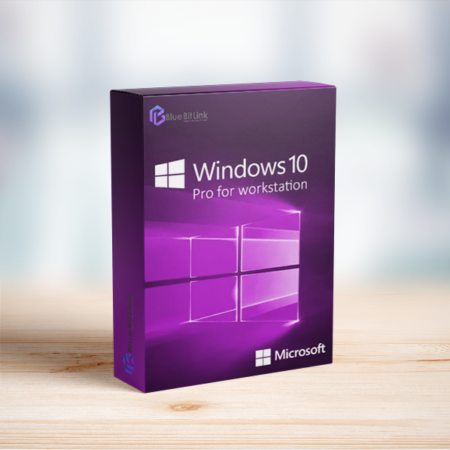Description
- New Start Menu: Microsoft has brought back the Start Menu. Now, when you click on the Start button at the bottom left of the screen, you get two panels side by side, with the left column showing pinned, recent, and most-used apps.
- Cortana Integration: Windows 10 will bring Microsoft’s voice-controlled digital assistant Cortana to desktop computers to make it easier for you to interact with your device without lifting a finger. You will be able to search your hard drive for specific files, pull up photos from specific dates, or launch PowerPoint presentations just by telling your PC to do so. You can even get Cortana to send an email while you’re working on a spreadsheet, making multi-tasking much more manageable.
- Microsoft Edge Web Browser: Internet Explorer was replaced by Microsoft Edge, which features a new rendering engine called EdgeHTML. Edge integrates with the Cortana Digital Assistant to provide voice control, search, and personalized info to users.
- Virtual Desktops: Unless you have a multi-monitor setup, it can be easy to run out of screen space. For that reason, Windows 10 provides multiple desktops that you can work in and quickly switch between. The virtual desktops feature in Windows 10 is called “Task View” and is located on the Taskbar. To add a new desktop, all you need to do is click the Plus sign. You create multiple desktops, and switching between them is just a matter of connecting the Task View button again and moving your mouse over the thumbnail of the one you want. Once the workspace is displayed above, click on it (or click the Task View button again) to start using it.
- Universal Apps: To make the transition across devices more seamless, Microsoft is introducing a new category of software called Universal Apps, which use the same code but adapt their interface to the device in your hand. Microsoft is also bundling its own set of Universal apps with the OS, including Photos, Videos, Music, Maps, People & Messaging, and Mail & Calendar, which function the same way on tablets, and PCs. The content is stored and synced via Microsoft’s cloud service OneDrive so you can pick up where you left off on another device.
- Latest OS: Make sure you’re running the latest version—either Windows 7 SP1 or Windows 8.1 Update.
- Find out which version you’re running.
- Need the latest version? Download Windows 7 SP1 or Windows 8.1 Update.
- Processor: 1 gigahertz (GHz) or faster processor or SoC
- RAM: 1 gigabyte (GB) for 32-bit or 2 GB for 64-bit
- Hard disk space: 16 GB for 32-bit OS or 20 GB for 64-bit OS
- Graphics card: DirectX 9 or later with WDDM 1.0 driver
- Display: 800 x 600








Reviews
There are no reviews yet.